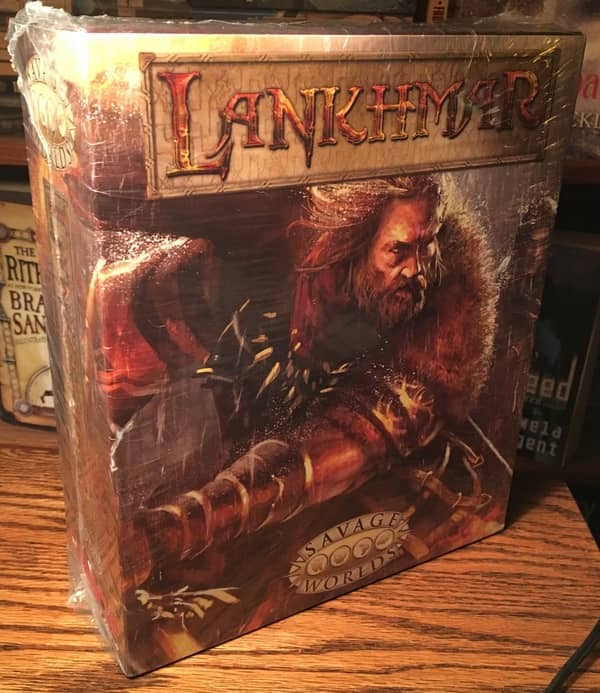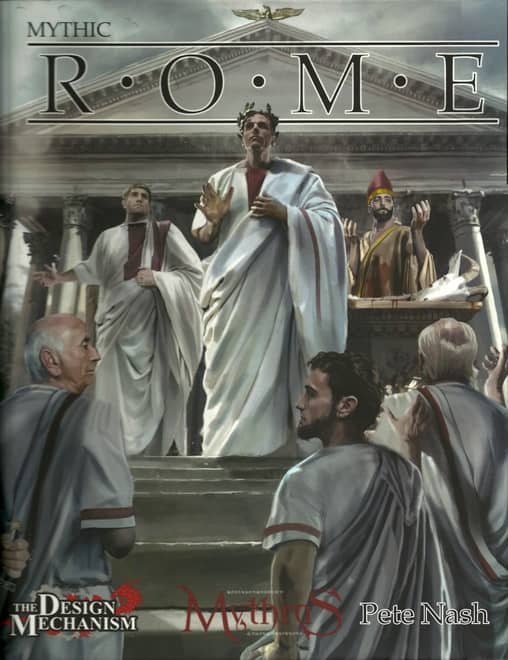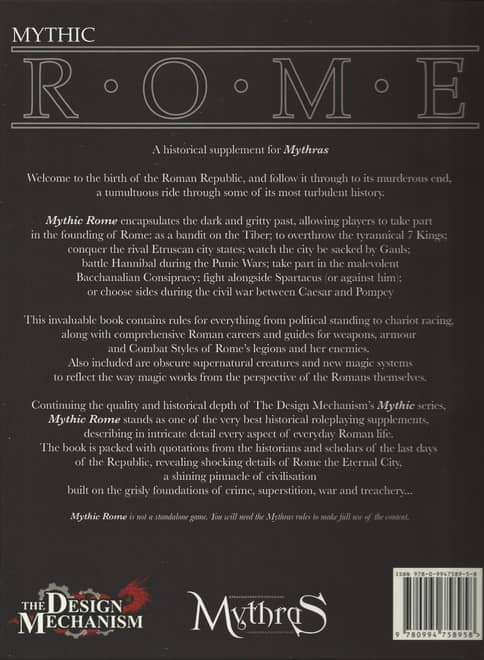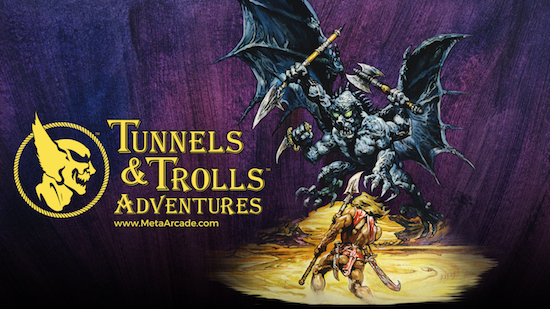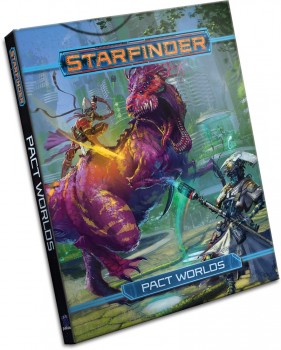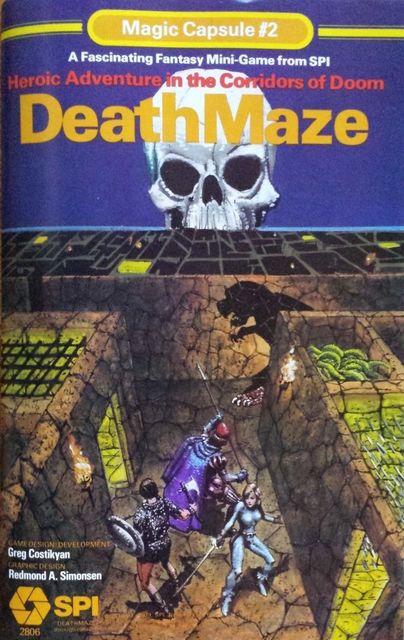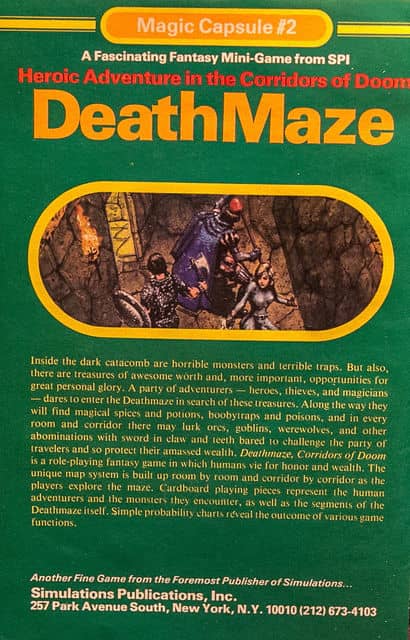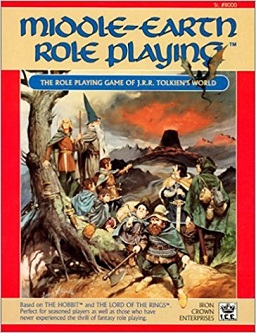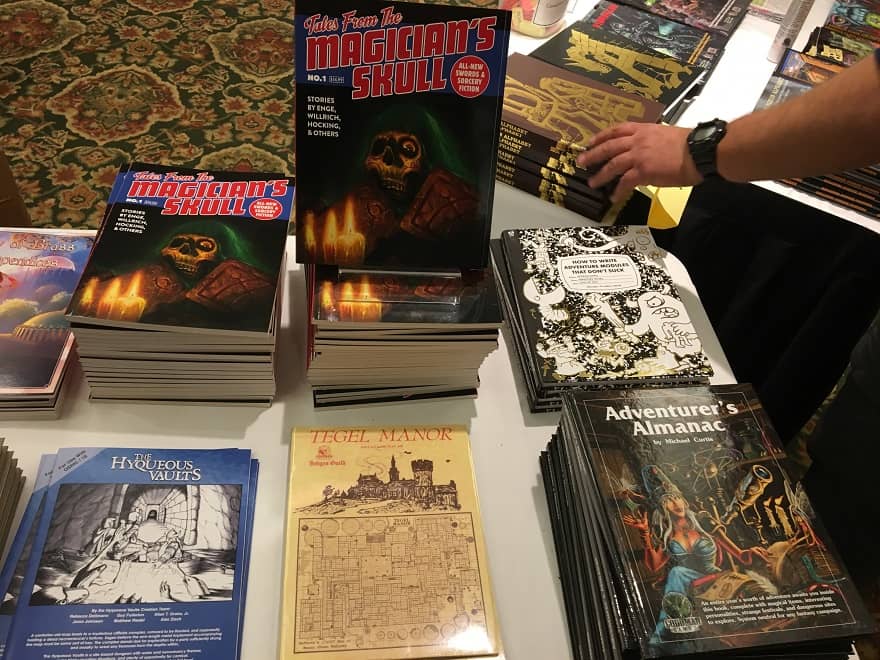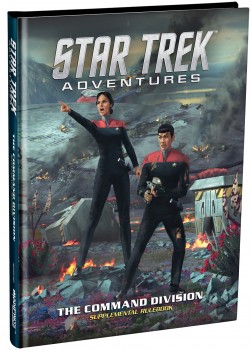The Top 50 Black Gate Posts in March
The most popular topic at Black Gate last month was the Gary Con gaming convention in Lake Geneva, Wisconsin, Gary Gygax’s home town. Part 1 of my convention report, in which I detailed the angry fallout among Pathfinder licensees to Paizo’s announcement of an impending Second Edition — including the “Pathfinder by the POUND!!” liquidation at the Frog God booth — was our most popular post for the month, by a pretty wide margin. Part 2 of my report, a 17-photo pictorial walkaround of the gorgeously well-stocked Goodman Games/Black Blade booth, came in at #3.
Gary Con wasn’t the only topic of interest in March, however. The second most-trafficked article for the month was Rich Horton’s commentary on the Hugo nominations, and our look at Unbound Worlds’ suggestions on where to start with Gothic Space Opera came in at #4. Rounding out the Top Five was Bob Byrne’s recap of his epic adventures with Gabe Dybing, Martin Page and his son Xander, and the new Conan RPG from Modiphius Entertainment.
Thomas Parker got into the spirit of our recent Ace Double reviews with “Doubling Down, or Just How Bad Are Ace Doubles, Anyway?” and that was good enough to win him the #6 slot for March. Joe Bonadonna claimed #7 with his review of Tempus With His Right-Side Companion Niko, by Janet Morris. Sean McLachlan picked up on the vintage paperback theme nicely with “STRANGE! WEIRD! EERIE! The Odd, Unusual, and Uncanny Biography of Lionel Fanthorpe,” placing at #8.
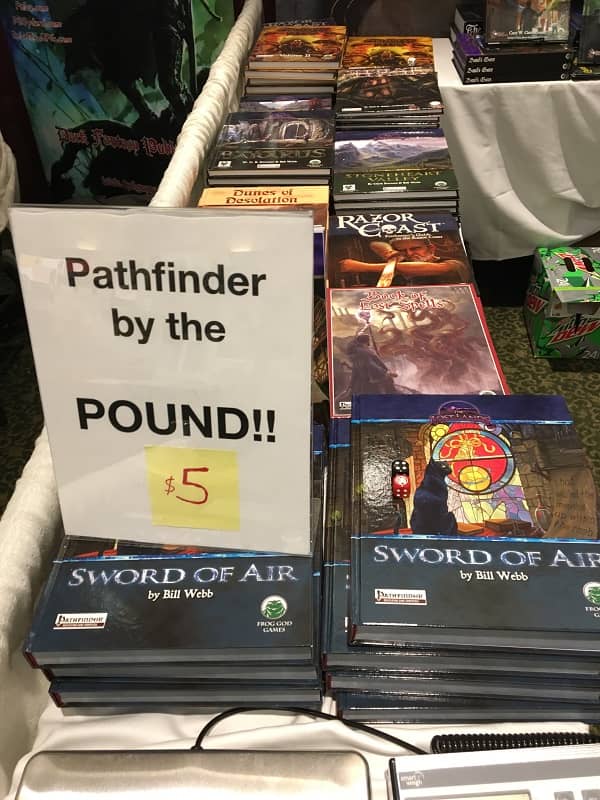
 Later today, early tomorrow, sometime next week, the world began to end.
Later today, early tomorrow, sometime next week, the world began to end.